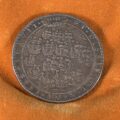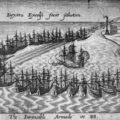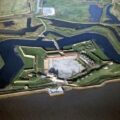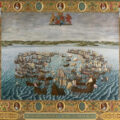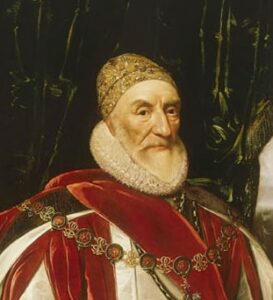
By the first week of August 1588, the battered, defeated and demoralised Spanish Armada had started the first part of its long journey back home to Spain.
The Battle of Gravelines had seen England victorious and between that and the awful weather Spain had lost five of its main ships and was suffering major damage to many others. Ammunition was pretty much non-existent and food rations were low. All the Spanish commander, the Duke of Medina Sedonia could do was to try and salvage what was left of his fleet and men and get them home to safety. The English fleet, led by Lord Howard, pursued the Spanish ships as far north as the mouth of the Tyne but gave up on the 2nd August and turned back, dropping anchor at ports such as Harwich and Margate.
Although the Spanish fleet had suffered the worst, England had not got away scot-free. Alison Plowden, in “Armada 1588”, writes of how an epidemic of typhus was “raging through the ships” and quotes the Lord Admiral, Charles Howard of Effingham, as writing:-
“It is a most pitiful sight to see here at Margate how the men, having no place to receive them, die in the streets. I am driven myself of force to come on land, to see them bestowed in some lodging; and the best I can get is barns and such outhouses; and the relief is small that I can provide for them.”
Howard went on to say that he was grieved to see “them that have served so valiantly to die so miserably.”
How sad that these men had survived battle at sea only to die in outhouses of disease.
Notes and Sources
- Armada 1588 by Alison Plowden
